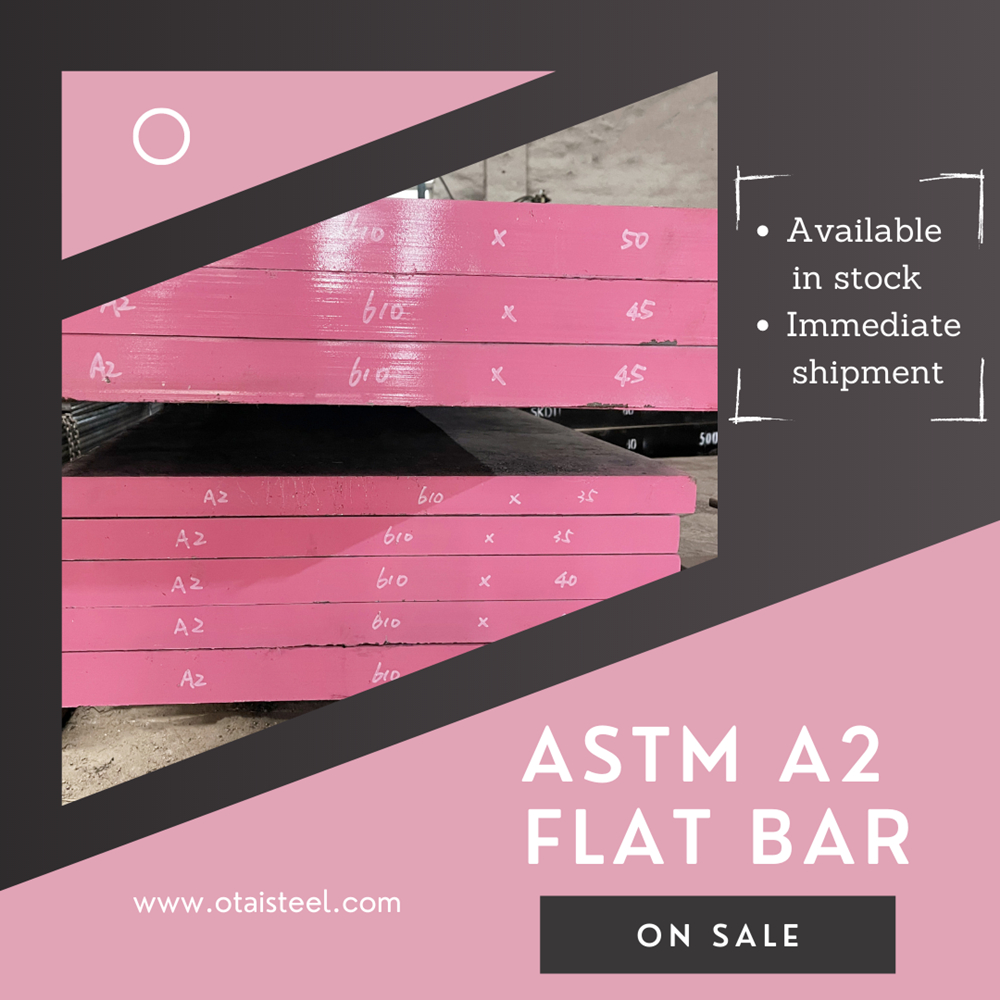Annealing A2 steel-Can A2 steel be used without heat treatment?
Steel enthusiasts and industry professionals alike recognize the versatility and strength that A2 steel brings to the table. If you’re on a quest to understand A2 steel’s heat treatment, hardness, and applications, this guide will illuminate the path. Providing insights into its standard, composition, sizing, pricing, and the art of finding the right supplier.
Cracking the A2 Steel Code: A Brief Introduction
Standard and Composition: The Building Blocks of Excellence A2 steel follows the AISI standard, earning its place among air-hardening tool steels. Composed of 1.00% carbon, 5.25-6.75% chromium, 0.90-1.40% manganese, and 0.90-1.20% molybdenum. A2 steel emerges as a powerhouse, combining wear resistance with toughness.
Applications: A2 Steel in Action
Versatility Unleashed: From Blades to Dies A2 steel finds its calling in diverse applications. The synergy of wear resistance and toughness makes it a top choice for crafting industrial knives, blanking dies, forming tools, punches, and shear blades. Its prowess extends to the intricate world of molding applications.
Heat Treatment: Crafting Resilience
Annealing A2 Steel: The Transformation Process Annealing plays a pivotal role in enhancing the properties of A2 steel. By heating the material to a specific temperature and gradually cooling it, the steel undergoes a transformative process, enhancing toughness and minimizing internal stresses.
Benefits of Annealing: Beyond the Basics The annealing process not only refines the hardness but also contributes to improved machinability and reduced risk of cracking during subsequent processing. It’s a crucial step in unleashing the full potential of A2 steel.
Hardness: A2’s Fortitude
Rockwell Hardness: A Measure of Strength A2 steel boasts an impressive Rockwell hardness, typically ranging from 60-62 HRC after proper heat treatment. This level of hardness ensures durability, making it a formidable choice for cutting tools, blades, and other applications requiring a robust material.
Sizing and Pricing: Tailoring to Your Needs
A2 Steel Dimensions: Meeting Varied Requirements Manufacturers offer A2 steel in a range of sizes and shapes, including rounds, flats, and squares, providing flexibility for different industrial needs. Understanding these size variations empowers you in selecting the right fit for your project.
Pricing Dynamics: Balancing Quality and Cost The cost of A2 steel can fluctuate based on market demand, supplier reputation, and order quantities. A comprehensive market analysis is essential to secure competitive rates without compromising on quality.
Sourcing Strategies: Navigating the Market
Finding the Right Supplier: Certifications and Beyond Sourcing A2 steel involves partnering with a supplier committed to quality. Look for certifications, transparent communication, and a proven track record. These factors ensure that the material you receive meets the highest standards.
Conclusion: A2 Steel Unleashed
In conclusion, A2 steel is not just a material; it’s a solution crafted for durability and performance. Armed with knowledge about its heat treatment, hardness, and applications, you’re well-equipped to make informed decisions for your projects.
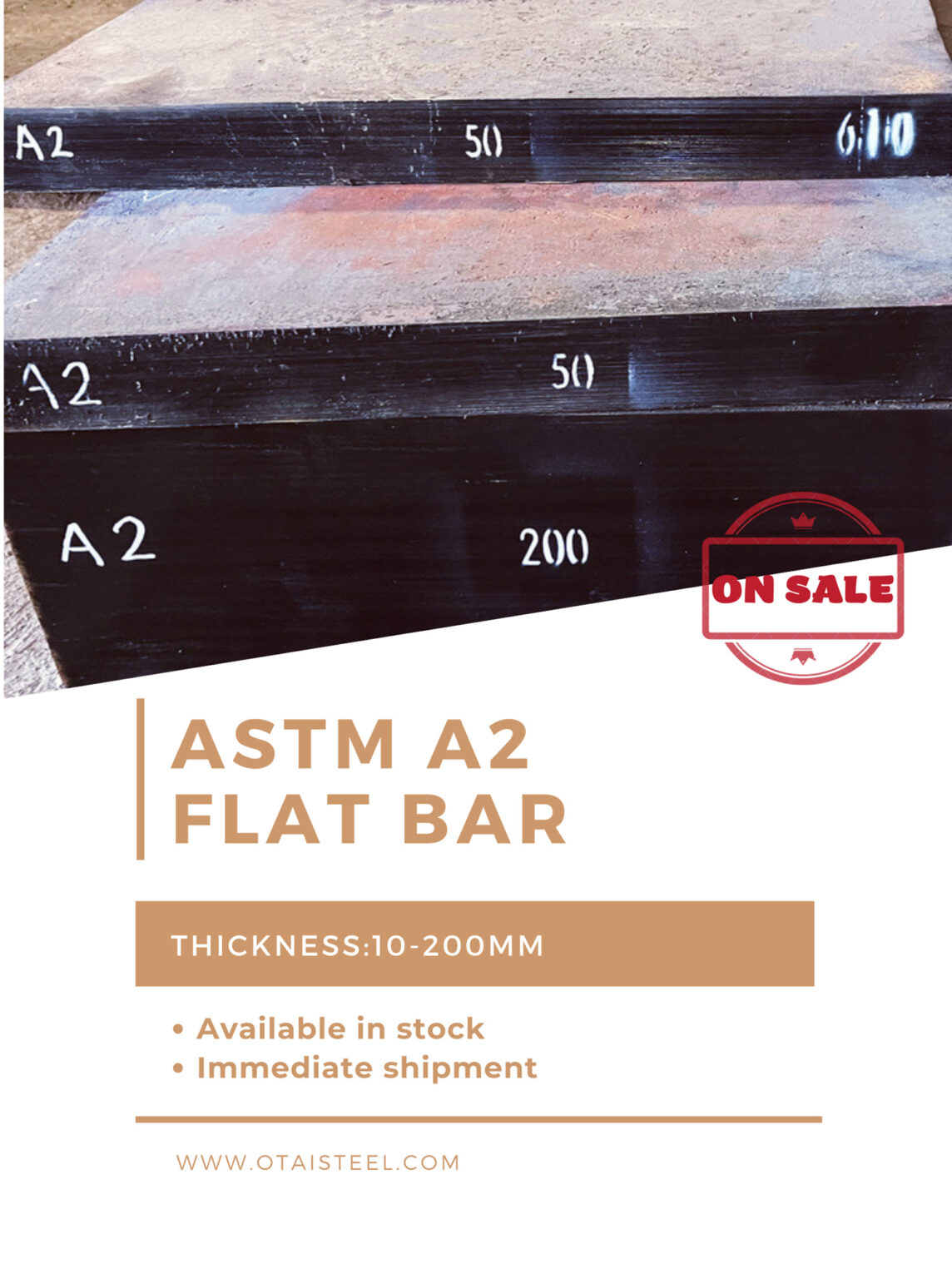
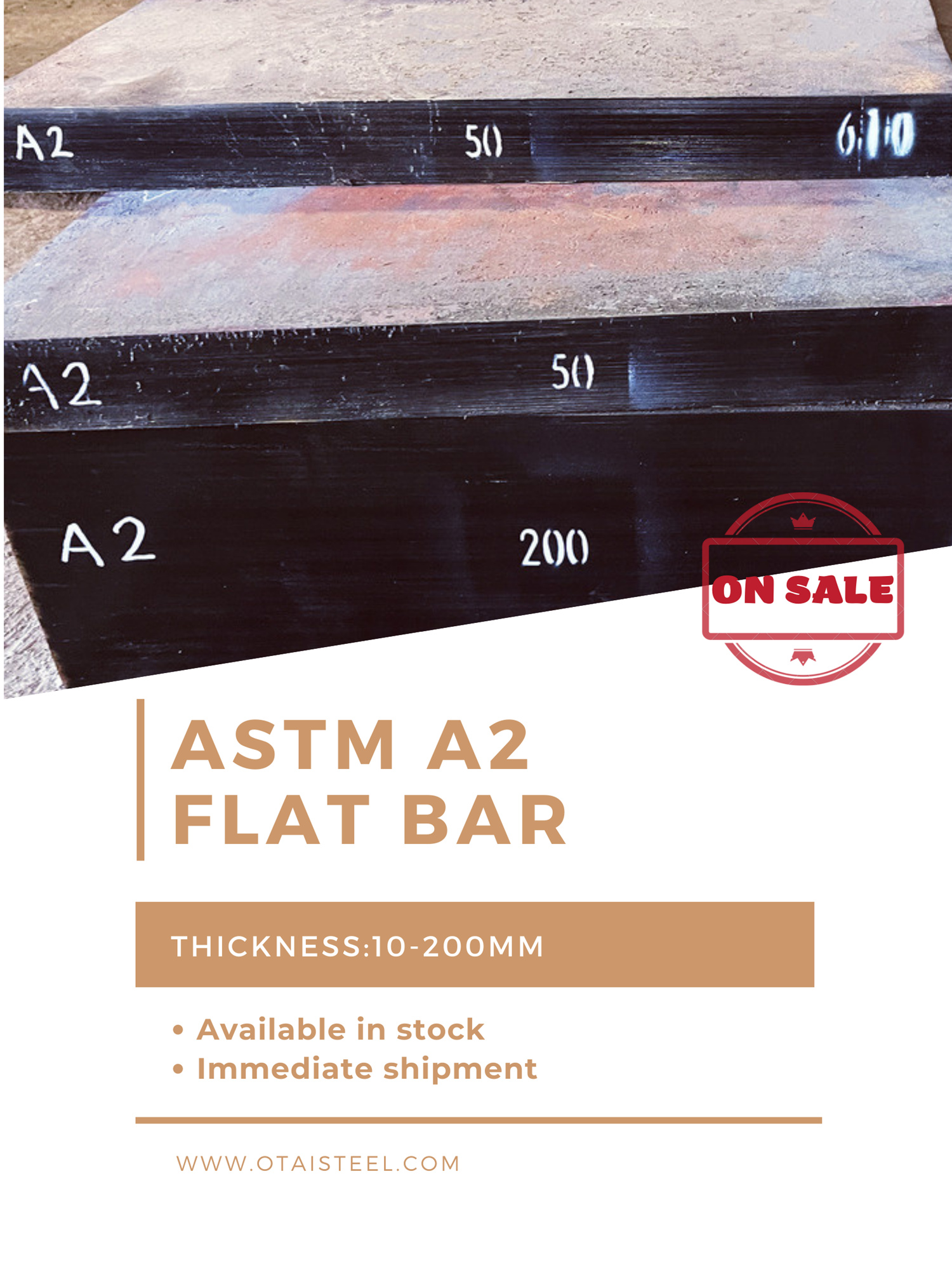 A2 steel annealed hardness-A2 Steel in its Annealed State
A2 steel annealed hardness-A2 Steel in its Annealed State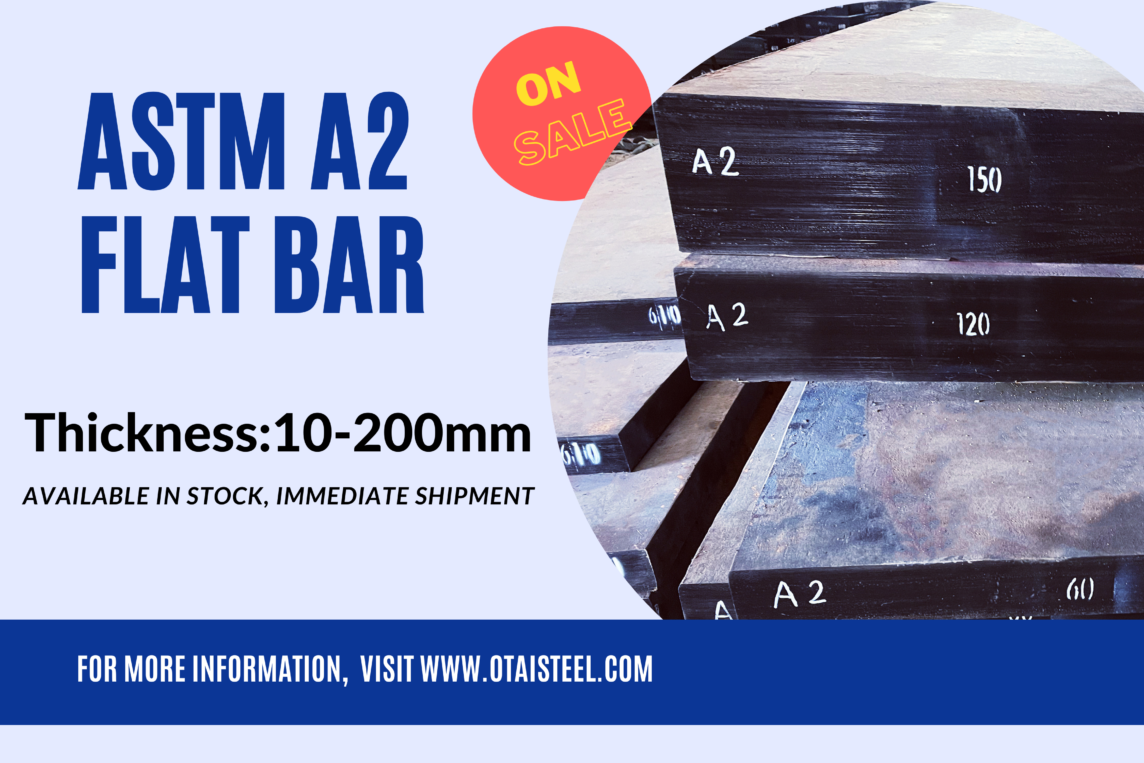
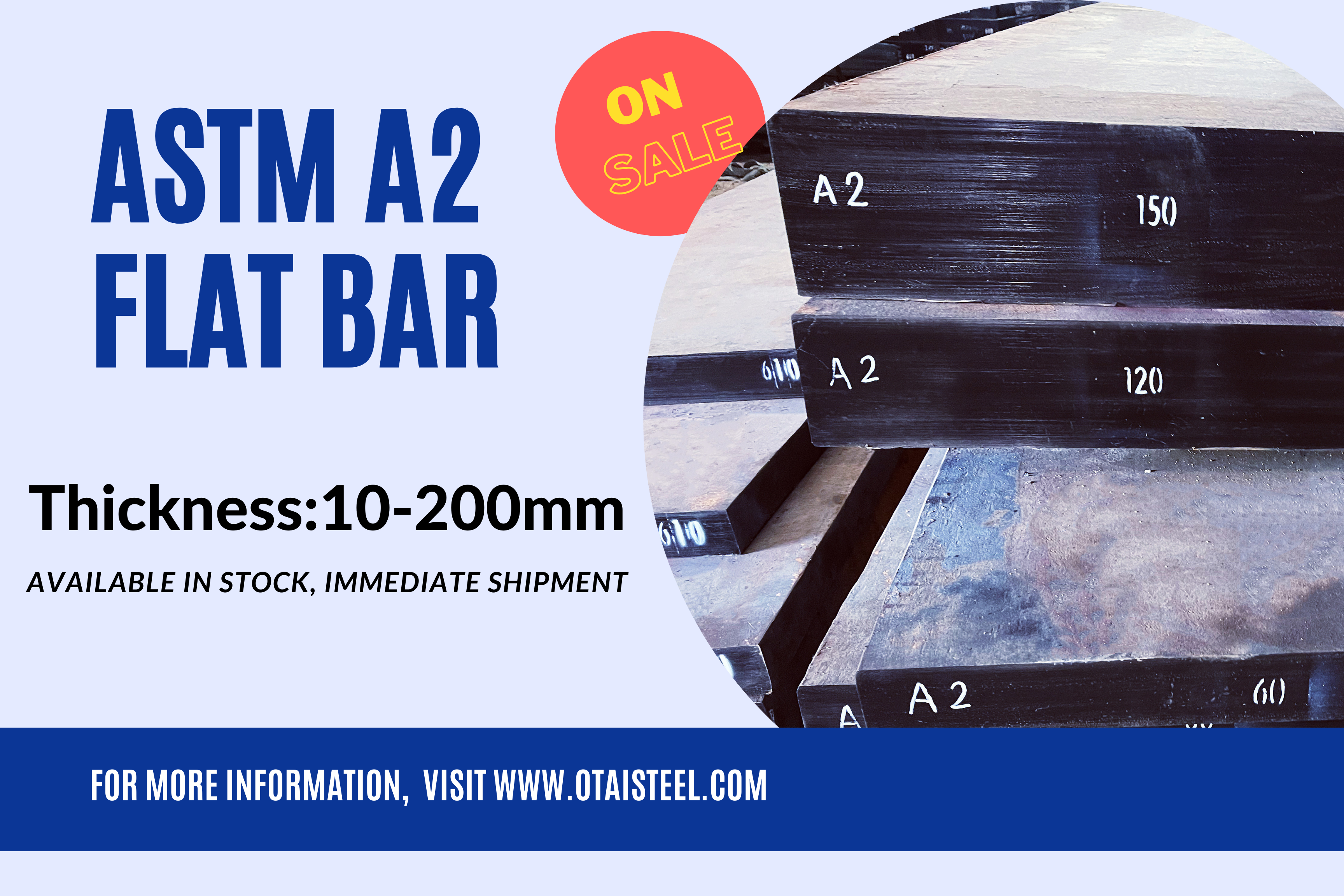 a2 steel rockwell hardness-consistent hardness is important
a2 steel rockwell hardness-consistent hardness is important